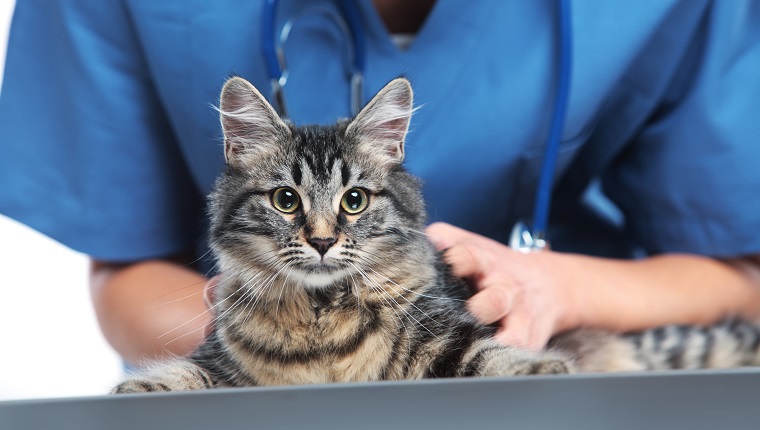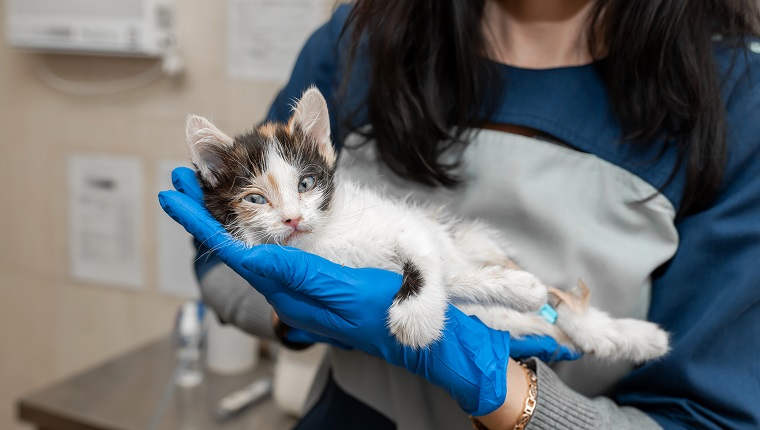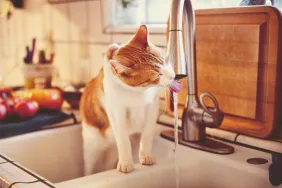Methemoglobinemia in cats is a type of anemia where there is an abnormal amount of methemoglobin in the blood. In a perfectly healthy cat, hemoglobin in the blood carries oxygen around the body. But when a process called iron oxygenation occurs, the body produces methemoglobin, which can’t successfully carry oxygen.
Veterinarians can often visually detect the condition by noticing that the cat’s blood resembles a brownish color rather than vivid red. In most cases, it results from a cat either suffering exposure to chemicals or genetic factors.
If you see signs that your cat might be suffering from this type of anemia, then you must consult your veterinarian for a proper diagnosis and course of treatment. Here’s what you should know about the symptoms, causes, and treatments of methemoglobinemia in cats.
Symptoms Of Methemoglobinemia In Cats
Methemoglobinemia in cats produces a significant number of symptoms. Some of the most common symptoms include:
- Increased rate of breathing and increased heart rate
- Swollen face
- Vomiting
- Acting generally lethargic and seeming depressed
- Drooling
- Jaundice
- Going into a coma
Causes Of Methemoglobinemia In Cats

The principal cause of methemoglobinemia in cats is a genetic disorder.
Other common causes of methemoglobinemia include reactions to ingesting the drugs ibuprofen and acetaminophen or using the topical drug benzocaine.
Treatments For Methemoglobinemia In Cats
If you think that your cat is developing methemoglobinemia, your veterinarian will ask you a series of questions designed to detect whether your kitty has recently ingested the drugs ibuprofen or acetaminophen or used the topical treatment benzocaine.
In most cases, vets also order blood to detect the levels of red blood cells in the cat’s body.
When diagnosing the condition, vets frequently use blood spot tests too. This process involves adding a droplet of the cat’s blood to a piece of special white paper with absorbent qualities, then comparing the resultant color of the absorbed blood with a droplet of “normal” blood.
The difference in color between the two blood droplets can signify whether a cat has developed methemoglobinemia or not.
Treatment methods vary. In some early cases, the condition might not actually require treatment. Vets often recommend discontinuing any drugs that might be causing the issue, sometimes alongside inducing vomiting to help clear out the cat’s system.
In more severe cases, cats might need blood transfusions and intravenous measures to help on the path to recovery. Specifically, vets might recommend the intravenous use of the substance methylene blue to help balance out the amount of methemoglobin in the cat’s body.
Has your cat developed methemoglobinemia? How does your vet help treat your cat? Tell us all about it in the comments below.









